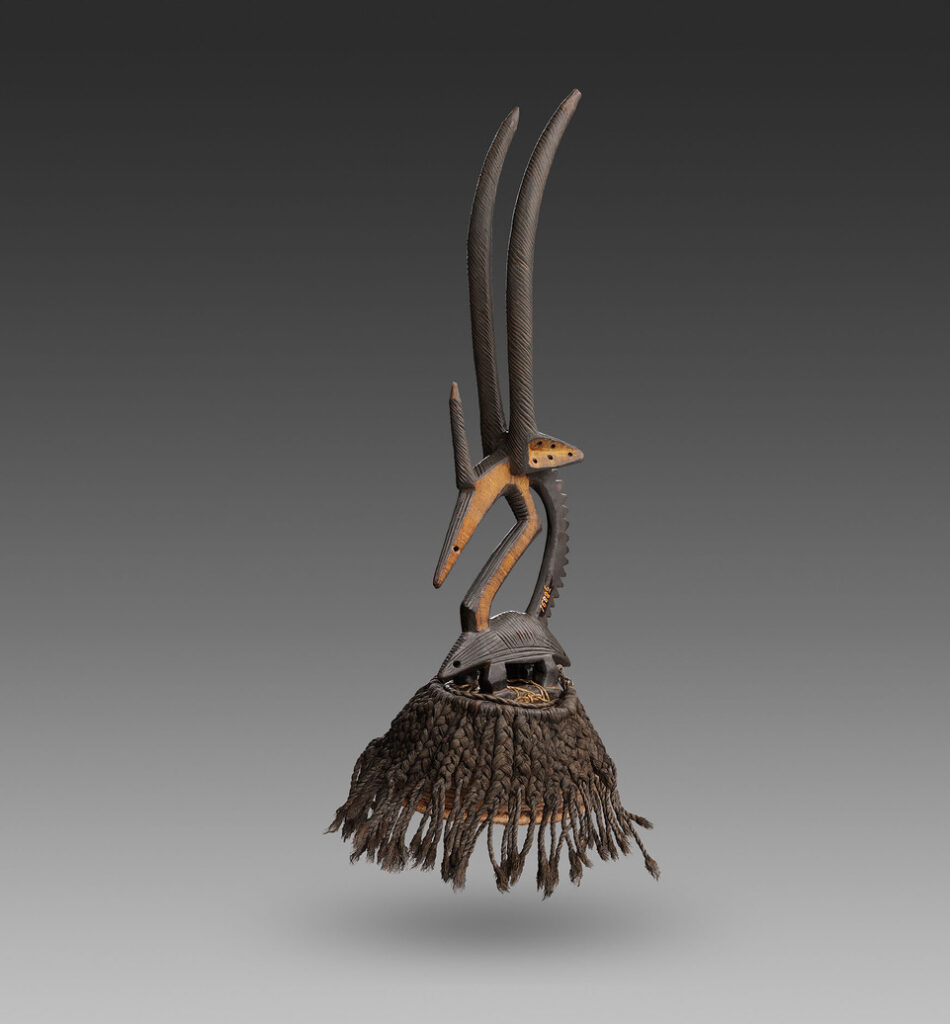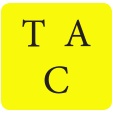Kunstkamera Museum, St. Petersburg, inv. 1688-6, late 19th century – early 20th century, Bamana, Mali. Materials: wood, plant fibers, palm leaves, cotton cords. Dimensions: 59.4 cm x 27.2 cm. For 3D presentation, click here.
Today, we present you with a unique opportunity to explore a great piece of African art hidden in the reserve collection of the Kunstkamera museum in St. Petersburg. What makes this experience even more special is the 3D digital twin provided by the technological prowess of OBJET.art. Through our collaboration, you can enjoy a novel and unprecedented encounter, enabling you to learn, research, and appreciate exceptional tribal art objects.

The elegant Bamana suguni-kun (“head of the beast”) is one of sixteen antelope-shaped headcrests from a bigger collection of Leo Frobenius in Saint-Petersburg Museum of Anthropology and Ethnography (Kunstkamera). They all arrived in Russia from Hamburg Museum of Ethnography (Hamburgisches Museum fur Volkerkunde) in 1910. Before that, it had been brought to Germany by the Frobenius-led Second German Inner Africa Research Expedition (Deutsche Innerafrikanische Forschungs-Expeditionen) of 1907-1909. The selection of a dozen plus vertical suguni-kun headrests were mentioned to come from the Beledugu area in the North of the Bamana country in Mali; however, their carving style is more typical of the Suguni area in the South.
The body of the beast combines highly-stylized features of a roan antelope (dagè, Hippotragus equinus) and a pangolin (n’koso kasa, Manis tricuspis) and rests on a small rectangular block symbolizing earth. The crescent-shaped head of the antelope is crowned with long slightly curved horns; it has an extra smaller “unicorn” horn on its forehead. Its elongated triangular pointed ears are turned back and pierced. The “eyes” of the beasts are two symmetrically pierced pairs of holes on the sides of the antelope’s and the pangolin’s heads. The long arched neck is designed in two vertical elements, one of them is accurately notched along the outer border depicting the animal’s mane. The neck smoothly passes into the rolled-up back of the pangolin.
The figure is all covered with delicately incised dashes, lines, and stripes. The carving made of light wood with brown patina is attached to a wickerwork conical cap, woven of palm leaf fibers.
The wooden base is tied around with a sash of long tight cotton fiber braids hanging down from the top of the cap like dreadlocks. Inside the cap, under its top, you can discover an old round metal label of Hamburg Museum. It says “SUGUNI,” which means “the small beast”; this type of headcrests used to be called in German Suguni-Masken (Suguni Masks at the time).”
Anna Siim
Museum of Anthropology and Ethnography of the Russian Academy of Sciences (Kunstkamera)
